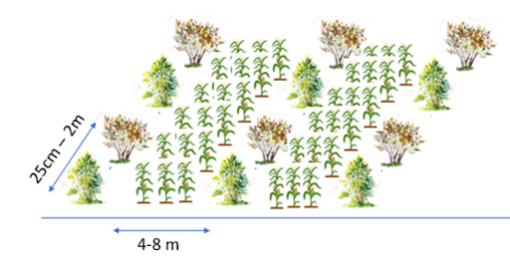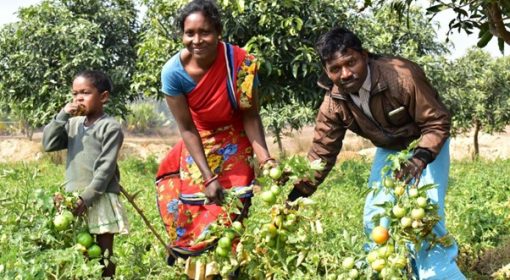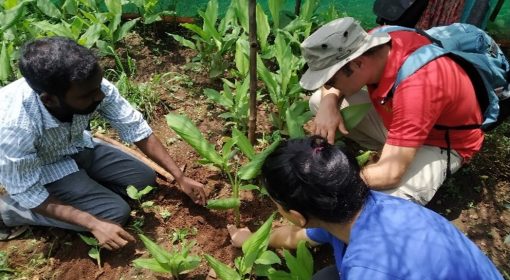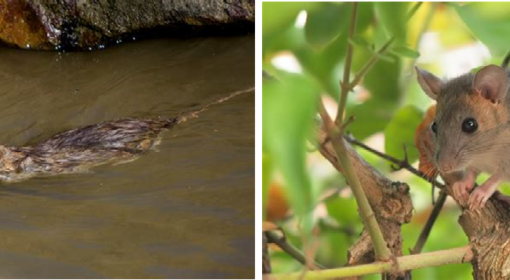by Marina Vara Gutiérrez (Aidenvironment) and Rubén Borge Robles (Rockinsoils)
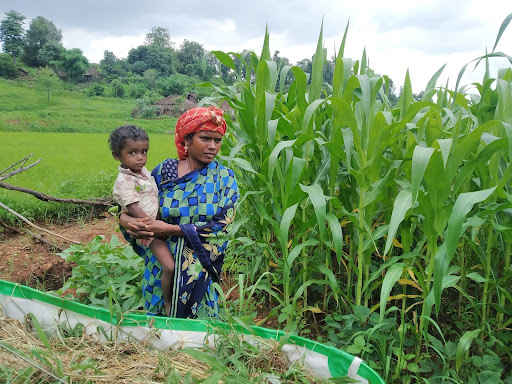
The Indian government’s agricultural policies are primarily focused on the promotion of conventional agriculture, on monocropping production schemes paired with chemical agricultural inputs into the food production system. These practices had led to an increasing soil fertility problem in India over the last decades. As a consequence, there has been a rapid increase in the number of Indian farmers and state governments adopting and promoting regenerative agricultural practices. This has increased awareness about sustainable agriculture among farmers that live in rural areas where access to information about these practices is limited or nonexistent.
The design of -multiple- cropping patterns, as a regenerative agriculture practice, helps to restore soil fertility by rotating and associating crops with different nutrient needs, as well as by providing a variety of ground cover which increases organic matter in the soil while promoting biodiversity. The strategic combination of crop rotations, crop associations and cover crops are key principles to compose a regenerative cropping pattern. A crop rotation is an agricultural technique that manages crops so that different types of plants are grown each year on a given piece of land reducing the depletion of nutrients in the soil and fighting crop pests infestations. A crop association is an agricultural technique that manages crops so that different plants are grown close together. Each crop from the group has different root systems and nutrient requirements and access to a different niche. Thus, productivity increases without depleting the nutrient content of the soil. Finally, cover crops are usually used alongside crop rotations and associations to increase soil fertility by adding nutrients and improving the structure and moisture retention capacity of the soil. As part of the Green Transformation Pathways project in the Indian states of Madhya Pradesh and Jharkhand, regenerative agriculture is explored as a framework to propose interventions to enhance more sustainable food production and foster soil fertility.
The states of Madhya Pradesh and Jharkhand present a broad diversity of agroecosystems. Different crops (paddy maize,millets, pulses, cabbage, tomato, eggplant, etc.) are grown during the main cropping seasons kharif (June – October) and rabi (March- June) in the different agroecosystems (lowlands, homesteads, midlands and uplands) used by each community. On the one hand, the state of Madhya Pradesh most of the agriculture is rainfed, being millets and pulses the main traditional crops. On the other hand, the main crop in the state of Jharkhand in paddy and PRADAN (Professional Assistance for Development Action) has been promoted during the last years in the introduction of mango and tasar plantations at scale. In both states, solar lift irrigation has been introduced in some areas generating the possibility to cultivate a broader change of vegetables throughout the whole year.
Although the project area’s landscape is so diverse, most farmers face similar challenges when it comes to food production. While farmers that cultivate in the uplands need to find strategies to produce on shallow soils (affected by erosion), farmers in the lowlands and midlands need to find practices that allow them to increase the moisture capacity of their soils or access irrigation.
Increasing and maintaining organic matter and soil fertility is another main constraint for food production in the project areas. Also, pests and diseases frequently affect monocropping in the area, reducing food productivity. Moreover, extreme weather events associated with climate change increasingly affects food production, the dry season becomes longer and harder and rainy events become more extreme and erratic.
After discussing with the PRADAN field officers, the team came to the conclusion that interventions that look at the farm plot like a small ecosystem through the lenses of regenerative agriculture (increasing soil moisture retention capacity, fertility, biodiversity) should be considered to strengthen the resilience of cropping systems in Madhya Pradesh and Jharkhand. But what does that mean in practice? For instance, it means that if we want to increase the soil moisture holding capacity of the soil introducing the regenerative farming technique of cover crops we should consider microclimatic factors (like sun, wind and water exposure) together with the soil type to inform the decision of which is the most suitable cover crop for that specific plot. Overall, promoting interventions that look at a farm plot like a small ecosystem through the lenses of regenerative agriculture will allow the design and management of more sustainable farming systems in the project areas. Based on these lessons learned, in the coming months staff members from PRADAN, FES, MetaMeta and Aidenvironment together with Ruben Borge (Rockinsoils) are developing a set of cropping patterns and complementary interventions to tackle the main challenges identified. During the next year these interventions while specifically focused on the understanding of the characteristics of the main agroecosystems in the project areas, to research suitable and context specific crop rotations and crop associations per season per agroecosystem, the integration of farmplot microclimate management techniques and the consideration of new habitats/niches for food production and resilience of the agroecosystem.
Produced by:

